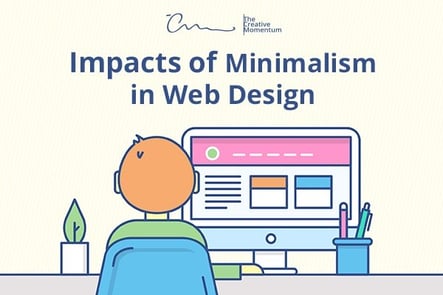
Choosing the right design for your website is just as important as coming up with your branding and marketing strategies. You want your business' web design to look appealing but not by sacrificing the user experience.
One of the most common mistakes that web designers make when creating webpages is to incorporate flashy images and plug-ins for no reason other than they look cool.
By doing this, they often make their webpages so convoluted and resource heavy that they can slow down loading times and make browsing difficult.
The problem with flashy websites is that they can have a nasty effect on your bottom line. While most people don’t want a purely functional website, they don’t want a slow loading one either. According to Kissmetrics research:
- Nearly half of all online consumers expect your website to load in two seconds or less.
- Roughly 40% of those consumers abandon a website that takes longer than three seconds to load.
- If your website loads one second longer than expected, you could lose as many as 7% of your conversions.
To prevent this from happening, you might want to consider switching to a minimalistic web design.
It’s Minimalism, Not Functionalism
With a functional web design, the purpose is to create a website that works. Whether that website actually looks good or not may be an afterthought. With minimalism in mind, reduce the amount of clutter and number of resources required to make your website look and run better.
Along with helping your website load quicker and look better on mobile screens, opting for a minimalistic web design might even reduce your bounce rate. This is because people don’t like clutter. It’s overstimulating and, for some people, downright overwhelming. Minimalism replaces the clutter with a clean, straightforward design that’s easy to navigate.
Chances are, some of your favorite websites have minimalistic web designs. Google, Apple, and Kayak.com all incorporate minimalistic elements like limited color palettes, increased negative space, or grid layouts.
Designing the Perfect Website
Minimalist web design cuts back on unnecessary pictures, audio and video clips, and blurbs without sacrificing the visual quality of the site. It’s perfect for landing pages, where a lot of content isn’t required anyway. However, minimalism might not be the best choice for webpages that actually do require a lot of multimedia resources.
For this reason, it’s always a good idea to think about what your readers need and will benefit from. That way, you’re able to determine what is clutter and what is actually important content.

